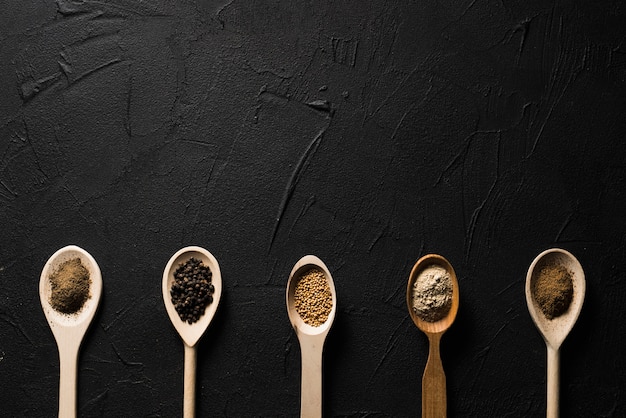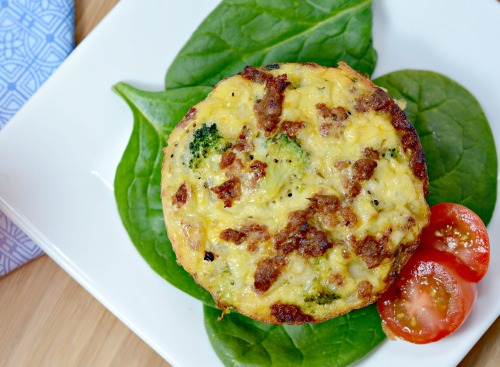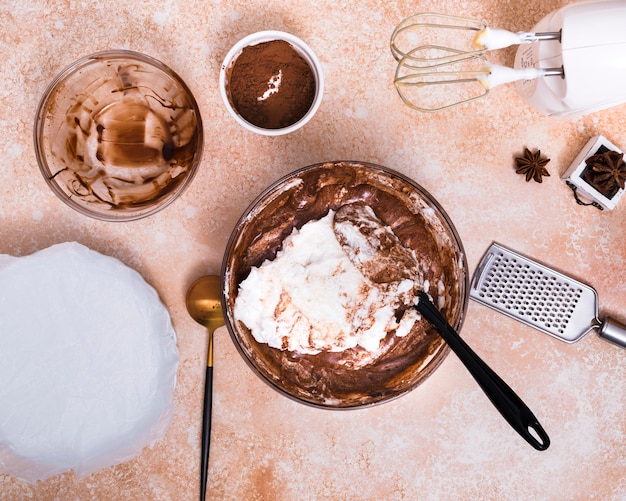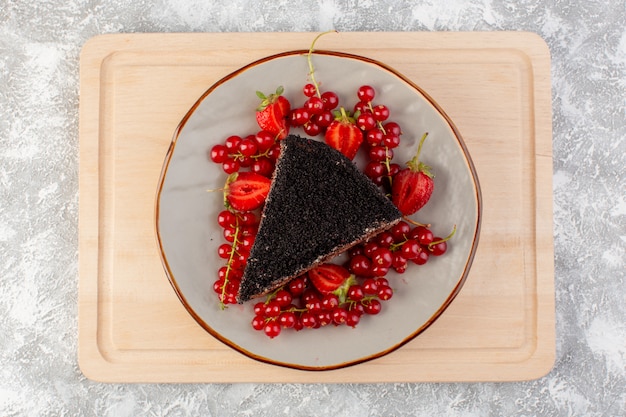Convert Teaspoons of Sugar to Grams Easily
In the world of culinary arts, precision is key when it comes to creating delightful dishes. Each component plays a crucial role, and even the smallest variation can alter the final outcome. This is especially true when working with certain substances that may vary in density and texture, leading to inconsistencies if not measured carefully.
Having a clear grasp of how to translate different units of measure allows both novice chefs and seasoned cooks to achieve the desired flavors and textures. Whether you are baking a decadent dessert or preparing a savory dish, knowing how to accurately determine the quantities of your ingredients will elevate your culinary creations.
This guide aims to simplify the process of translating one form of measurement into another, ensuring that your recipes yield the best results every time. By understanding the relationships between various units, you’ll be equipped to tackle any culinary challenge with confidence and ease.
Understanding Sugar Measurement in Cooking
In the culinary world, the precision of ingredient quantities plays a crucial role in achieving desired flavors and textures. The right balance can turn a simple dish into a masterpiece, while incorrect proportions can lead to disappointment. One particular ingredient, often used in various forms, requires careful attention to ensure recipes yield the intended result.
Measuring different types of this sweet component can be tricky, as various factors influence the final quantity you need. Understanding the relationship between volumes and weights will arm you with the knowledge to execute recipes flawlessly. Below is a comprehensive table outlining some common conversions to facilitate your culinary adventures.
| Measurement Type | Equivalent Weight |
|---|---|
| 1 teaspoon | 4.2 g |
| 2 teaspoons | 8.4 g |
| 3 teaspoons | 12.6 g |
| 1 tablespoon | 12.6 g |
| 1 cup | 200 g |
Familiarizing yourself with these conversions will enhance your culinary skills and ensure that your sweet creations are consistently delightful. Always remember, when it comes to preparing your favorite dishes, accuracy is key!
Why Accurate Measurements Matter
Precision in culinary practices can profoundly influence the outcome of a dish. Whether you are a novice in the kitchen or a seasoned chef, ensuring that each component is precisely quantified is crucial for achieving the desired flavors and textures. Small discrepancies can lead to significant differences in the final result, affecting taste, consistency, and presentation.
One of the key reasons for maintaining exactitude is that recipes are often developed after extensive testing. Alterations in ingredient quantities might undermine the harmony that the creator intended. Moreover, in baking, where chemical reactions play a pivotal role, any deviation could result in disastrous consequences, such as a deflated cake or overly dense cookies.
To illustrate the importance of detail in portioning, consider the following table that highlights various ingredient ratios:
| Ingredient | Recommended Ratio | Possible Variance Consequences |
|---|---|---|
| Flour | 1 cup = 120 grams | Too much can make baked goods dry; too little affects structure. |
| Butter | 1 stick = 113 grams | Variations can alter richness and moisture levels. |
| Liquid | 1 cup = 240 milliliters | Inaccurate volume can lead to inconsistency in dough consistency. |
In summary, the significance of meticulous ingredient quantification extends beyond mere compliance with a recipe. It fosters enjoyment and satisfaction, enabling the culinary artist to recreate successful dishes and delight those who partake in their creations.
Teaspoons vs. Grams: A Comparison
When it comes to precision in the kitchen, the choice between volume and weight can greatly influence the outcome of dishes. Understanding these two distinct measurement systems helps chefs and home cooks achieve the desired flavors and textures without any guesswork.
Measurement System Characteristics
Volume measurements typically rely on the space an ingredient occupies, while weight measurements focus on the actual mass of the ingredient. Each method has its advantages, making them suitable for various culinary tasks.
| Measurement Type | Advantages | Common Use |
|---|---|---|
| Volume | Quick and easy for liquids; useful in casual cooking | Soups, sauces, and liquid ingredients |
| Weight | Offers precision; reduces variability in results | Baking and intricate recipes |
Selecting the Right Method
The decision on which system to use often depends on the recipe and the level of detail the cook wishes to achieve. While many prefer the efficiency of volume for everyday food preparation, those involved in baking often opt for weight for enhanced accuracy and consistency.
How to Convert Measurements Easily
In the culinary world, precision plays a vital role in achieving the desired outcome of any dish. Understanding how to translate between different units can enhance your culinary skills and elevate your recipes to new heights. By mastering this process, you not only ensure consistency but also adapt recipes with ease.
Firstly, familiarize yourself with the various units commonly used in recipes. The knowledge of how different quantities correlate with each other is essential. This can be particularly useful when adjusting ingredients based on availability or nutritional needs.
Next, use reliable resources such as conversion charts or online calculators to facilitate the process. These tools can provide instant and accurate information, allowing you to focus more on your culinary creations rather than the math behind them.
Moreover, practice makes perfect. The more you engage with various conversions, the more intuitive it becomes. Consider keeping a small notebook or digital document handy that lists common equivalences. This can serve as a quick reference while you prepare meals.
Finally, don’t hesitate to experiment. The art of flavor is often about balance, so slight adjustments to quantities can lead to delightful results. Embrace the journey of learning and refining your skills in this area, and watch as your culinary confidence grows.
Tools for Measuring Sugar Precisely
Precision in the kitchen is paramount, especially when it comes to ingredient quantities. Utilizing the right instruments can greatly enhance the reliability of your recipes. Numerous devices are available, each tailored for specific tasks, ensuring that you achieve consistent results every time you prepare your favorite dishes.
| Measurement Tool | Description |
|---|---|
| Digital Scale | This device provides exact readings in various units, allowing you to weigh ingredients with high accuracy. |
| Liquid Measuring Cup | Great for assessing both dry and wet items, it features clear markings which help you gauge precise volumes. |
| Set of Measuring Spoons | These are essential for small amounts and generally include various sizes, making it easier to follow recipes accurately. |
| Calibrated Measuring Jugs | Ideal for larger quantities, these jugs often have measurement indicators that help you get the right volume with ease. |
Choosing the appropriate tools not only simplifies the process but also fosters a better understanding of portions and ratios, allowing for improved culinary experiences and delectable outcomes.
Common Mistakes in Measurement
Inaccurate quantification can lead to unexpected results in any culinary endeavor. Many individuals often overlook the significance of precise measuring techniques, which can ultimately alter the intended outcome of a recipe. Understanding the frequent pitfalls associated with measurement plays a crucial role in enhancing overall success in the kitchen.
One prevalent error is relying solely on volume instead of weight. While many recipes may measure ingredients by volume, this method can lead to inconsistent results due to variations in density and packing. Ingredients like flour can be tightly packed or lightly spooned, causing discrepancies in the final dish.
Another common issue arises from the use of improper tools. Utilizing standard kitchen spoons instead of designated measuring spoons can result in significant inaccuracies. This is especially critical when precision is required, as even slight variations can impact flavor and texture.
Furthermore, many cooks fail to account for the importance of leveling off dry ingredients. When scooping directly from the container, one may inadvertently add too much, thus skewing the recipe’s balance. Always employ a straight edge to ensure accurate levels when measuring.
Finally, an oversight in reading measurement markings can lead to confusion. It’s essential to take heed of the units displayed and ensure an accurate understanding of the amounts required. A careful approach to these common mistakes can dramatically improve the outcome of your culinary creations.
Benefits of Using Metric Weight
Embracing a standardized system of measurement can greatly enhance precision in various culinary and scientific applications. By utilizing a unified scale based on universal units, individuals can ensure consistency in their work. This approach offers numerous advantages that influence both novice and experienced users alike.
- Enhanced Precision: A decimal-based system minimizes errors, allowing for meticulous control in ingredient proportions.
- Simplified Calculations: The ease of converting between units within the metric system streamlines the process and reduces complexity.
- Global Standardization: Metric weights are widely recognized and utilized across many regions, fostering better communication and understanding.
- Improved Consistency: Using a uniform measuring approach leads to more reliable results, especially in baking where exact ratios are crucial.
Adopting this logical framework not only simplifies tasks but also enhances the overall quality of the outcome. Making the switch might require some adjustment, but the long-term benefits can significantly elevate the level of proficiency and satisfaction in various tasks.
Q&A: Teaspoons sugar to gram
Why is it important to convert teaspoons of sugar to grams for cooking?
Converting teaspoons of sugar to grams is crucial for several reasons. Firstly, grams provide a more precise measurement than teaspoons, which can vary based on how tightly sugar is packed or how it is scooped. In baking, accurate measurements are essential because even small discrepancies in ingredients can affect the texture and taste of the final product. Additionally, using grams allows for easier scaling of recipes, especially for larger batches or when adjusting serving sizes. This fosters consistency and reliability in cooking outcomes, making it an important practice for both home cooks and professional chefs.
How do I convert teaspoons of sugar to grams?
To convert teaspoons of sugar to grams, you can use a general conversion factor where 1 teaspoon of granulated sugar is approximately equal to 4.2 grams. Therefore, if you have the number of teaspoons you need to convert, you multiply that number by 4.2. For example, if a recipe calls for 3 teaspoons of sugar, you would calculate it as 3 x 4.2 = 12.6 grams. Keep in mind that this conversion primarily applies to granulated sugar; other types of sugar may have different densities, so their conversions can vary somewhat.
What type of sugar should I consider for conversions, and does it affect the measurement?
Different types of sugar can affect the conversion when measuring from teaspoons to grams. For instance, granulated sugar, which is the most commonly used in cooking, converts at approximately 4.2 grams per teaspoon. However, other sugars like brown sugar and powdered sugar have different conversions due to their varying densities. For example, brown sugar is often packed into the teaspoon, which increases its weight; 1 teaspoon of packed brown sugar weighs about 5.2 grams. On the other hand, powdered sugar is lighter and typically weighs around 3.5 grams per teaspoon. Thus, it’s essential to know the type of sugar you’re using for accurate conversions and measurements.
Can I use an online calculator for converting teaspoons of sugar to grams?
Yes, using an online calculator for converting teaspoons of sugar to grams is a convenient and efficient method. Many cooking websites and recipe resources offer these tools, allowing you to input the number of teaspoons, and they will automatically provide the equivalent in grams based on the type of sugar you select. This can save time and reduce errors in manual calculations, especially for those who may not be familiar with measurement conversions. However, it’s always good to double-check the conversion factor, particularly if you are working with different types of sugar, to ensure accuracy.
What are common mistakes to avoid when measuring sugar for recipes?
When measuring sugar for recipes, several common mistakes can lead to inaccurate results. One of the biggest errors is not leveling off the sugar in the measuring spoon or cup. For dry ingredients like sugar, it’s important to scoop it into the measuring spoon or cup and then use a straight edge to remove any excess for a level measurement. Another mistake is confusing types of sugar; using granulated sugar instead of brown sugar (or vice versa) can lead to different results in recipes. Additionally, relying solely on teaspoons without converting to grams can cause inconsistencies, especially in baking, where precision is key. Using the right tools, knowing the specific sugar type, and converting measurements where needed can help avoid these pitfalls.
How many grams of sugar are in one teaspoon?
One teaspoon of sugar typically contains about 4 grams of sugar. This is a standard conversion used in cooking and baking to measure the amount of sugar in a recipe.
How can you convert grams of sugar to teaspoons?
To convert grams of sugar to teaspoons, you can use the conversion ratio that 4 grams of sugar equals approximately one teaspoon. For example, 8 grams of sugar would be equal to 2 teaspoons.
What is the best way to measure sugar by weight if you don’t have a food scale on hand?
If you don’t have a food scale, you can use a grams to teaspoons converter or a conversion calculator. Remember that 4 grams of sugar equals one teaspoon, so you can estimate the amount by dividing the grams by 4.
How many teaspoons are there in 20 grams of sugar?
There are approximately 5 teaspoons of sugar in 20 grams. This is calculated by dividing 20 grams by the conversion ratio of 4 grams per teaspoon.
What is the difference between measuring sugar by weight versus volume?
Measuring sugar by weight (grams) is more accurate than measuring by volume (teaspoons), as the density of sugar can vary. A food scale ensures you measure the actual amount needed for recipes.
How do you convert grams to teaspoons for added sugar in nutrition facts?
To convert grams to teaspoons for added sugar listed on nutrition facts, divide the number of grams by 4. For example, if a food product has 16 grams of added sugar, it’s equivalent to 4 teaspoons.
What are some examples of foods with naturally occurring versus added sugar?
Naturally occurring sugars are found in fruits and dairy, while added sugars are often found in foods like energy drinks, sports drinks, and processed snacks. Checking nutrition information can help differentiate between them.
How much sugar is in 5 grams compared to one teaspoon?
5 grams of sugar is slightly more than one teaspoon, as one teaspoon contains about 4 grams of sugar. This means that 5 grams would be about 1.25 teaspoons.
Why do many experts recommend monitoring the amount of added sugar in your diet?
Many experts recommend monitoring added sugar intake because excessive consumption can lead to health issues like obesity, diabetes, and heart disease. Dietary guidelines suggest limiting added sugars to reduce these risks.
How do you use a grams to teaspoons converter for cooking and baking?
A grams to teaspoons converter is used to quickly convert the weight of sugar into teaspoons, which is helpful when following cooking and baking recipes. Simply input the number of grams, and the converter will provide the equivalent in teaspoons.







